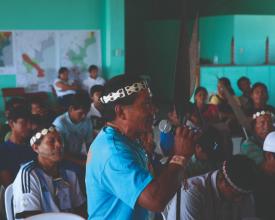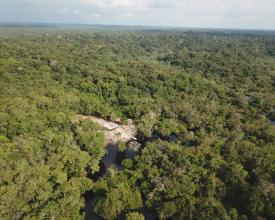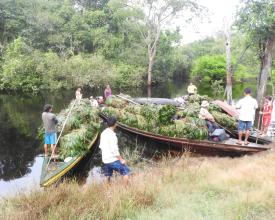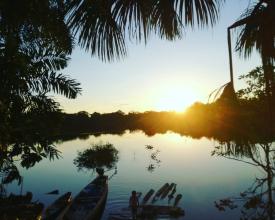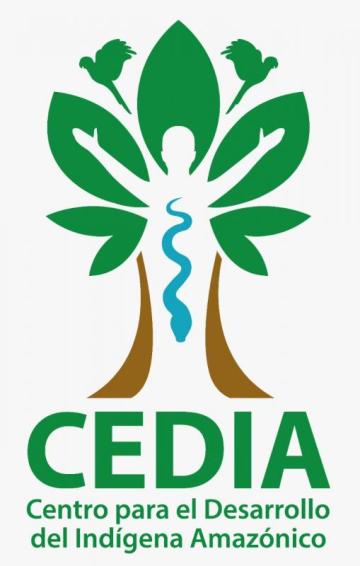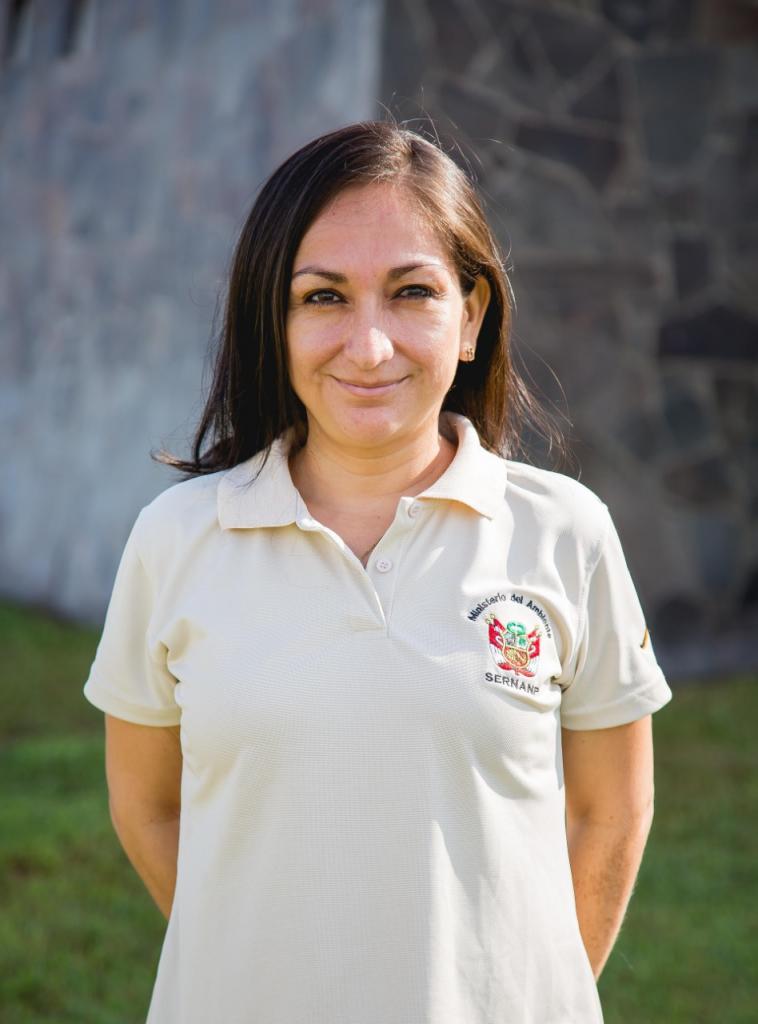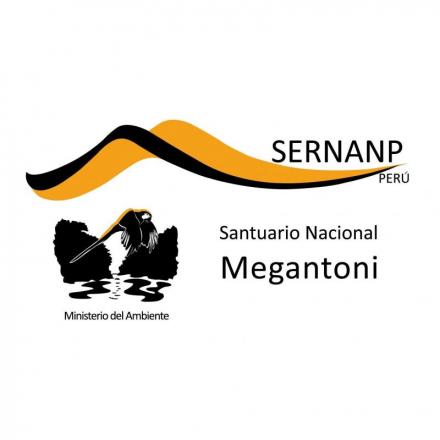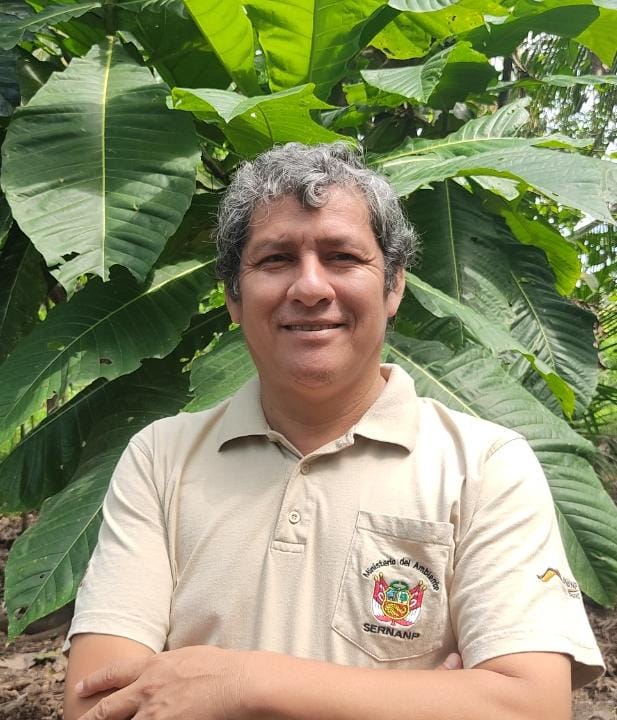
Participatory and intercultural construction of the Master Plan for the Matsés National Reserve
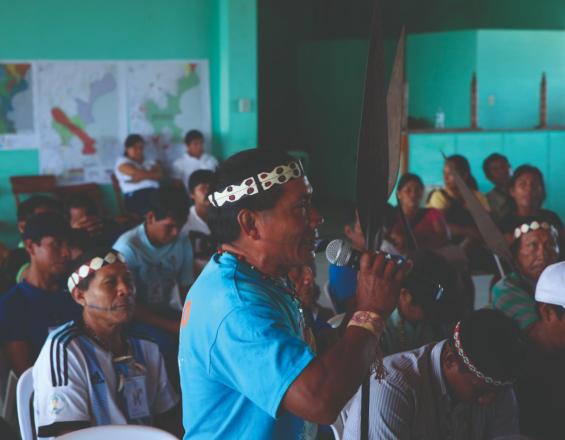
In this case, the master plan is a very important management instrument that sets out the conservation objectives, the actions to be taken and the timeframe for their execution.
The challenge for the Matsés National Reserve (RNM) was to generate an inclusive management instrument for the conservation and use requirements of a culturally diverse population (indigenous and non-indigenous), with conflicting and geographically dispersed groups.
To this end, different methodologies were devised, such as intercultural workshops with the participation of indigenous interpreters, the generation of friendly contents where the practical and traditional knowledge of the local population is recognized and evidenced (conservation status of landscapes and species, harvesting calendars), internships and other resources that contributed to the success of the master plan, facilitating dialogue and agreements between the population, the Natural Protected Areas (NPA) team and other key stakeholders.
Context
Challenges addressed
Location
Impacts
-
Increased participation and interest of the local indigenous and non-indigenous population in planning for the management and conservation of the area.
-
Paradigm shift in the way the local population understood the area's management.
-
The norms that were seen as prohibitive are now understood as resource management strategies in which they participate, which implied a greater interest and ownership of the objectives to conserve their environmental, economic and sociocultural values.
-
The master plan process became a space for dialogue that allowed the population to generate commitments with allied institutions for local planning and the construction of sustainable management plans.
-
Recognition of the fact that the MHN has an environmental and conservation component, as well as social and economic objectives that seek the benefit and participation of local populations.
-
Revaluation of the Matsés indigenous culture, through the visibility of their language in the workshops and their traditional knowledge.
-
Improvement of the relationship between the indigenous and non-indigenous population settled around the area, who previously maintained a relationship of conflict.
-
More favorable conditions for the protection of indigenous peoples in isolation within the RNM through the participation of representative indigenous organizations and the Ministry of Culture.
